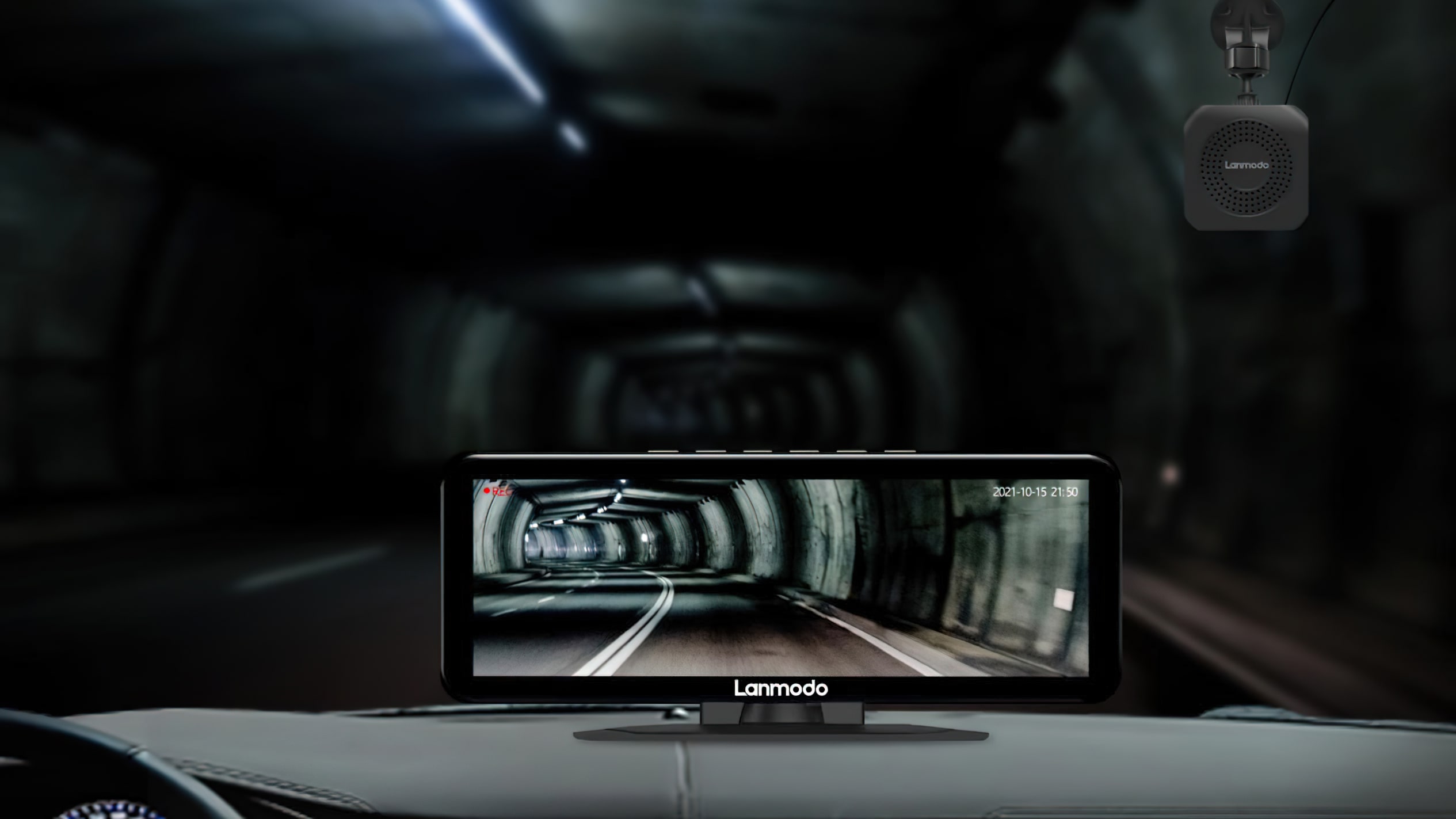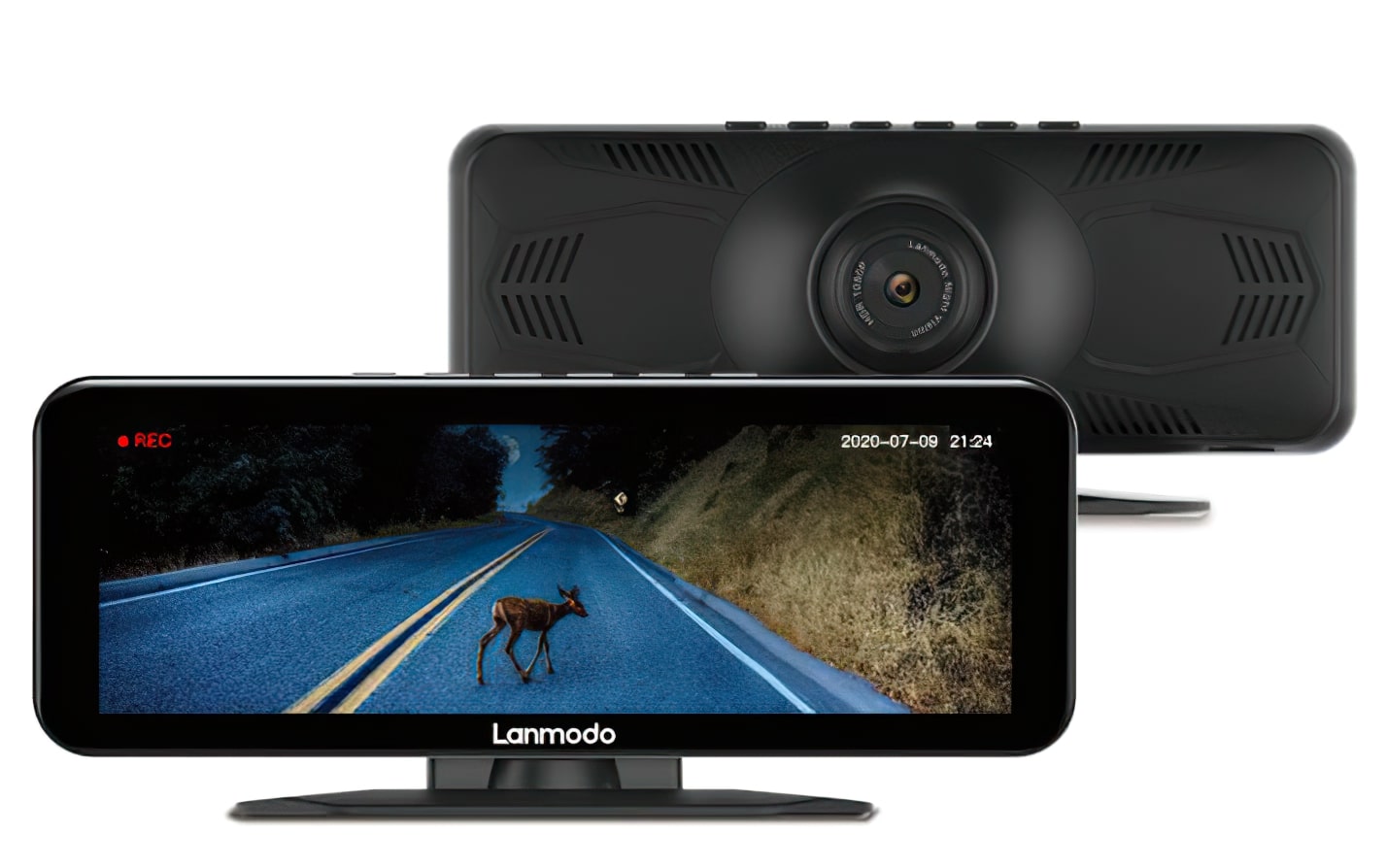
When it involves discovering the world’s best gaming keyboard, the age-old knowledge of the web hivemind will typically say, ‘Mechanical or bust, mate.’ Heeding such recommendation, nonetheless, could be to disregard the numerous nice (and to not point out significantly cheaper) membrane gaming keyboards on the market for the time being, reminiscent of our present finest membrane champ, the Razer Cynosa Chroma, and at the moment’s check topic, the HyperX Alloy Core RGB.
Priced at simply £50 / $50, HyperX’s new entry-level gaming keyboard is an excellent little bit of equipment for the cash, and at time of writing it’s additionally a smidge cheaper than the Cynosa Chroma within the UK, and simply $5 extra within the US. Does it have what it takes to knock Razer off its finest gaming keyboard perch, although? Here’s wot I feel.
From the outset, the Alloy Core makes a powerful first impression. Despite solely having a plastic body, its matt end seems to be quite a bit smarter than the shinier, cheaper-looking end Razer have used on their Cynosa Chroma, and I’m additionally a fan of the refined ridge sample on the Alloy Core’s decrease edge – if solely as a result of as soon as once more it seems to be simply that little bit extra visually interesting than the significantly plainer chassis of the Cynosa Chroma. I’m even fairly a fan of the small, skinny RGB mild bar working throughout the highest of the keyboard, too. Sure, it’s in all probability a bit extra shouty on the entire ‘I’m a gaming keyboard!’ entrance than its Razer rival, however I do like the way it ties the entire thing collectively.
The Alloy Core’s mushy contact key caps additionally provide you with much more buy than these of the Cynosa Chroma, which, for me no less than, meant I wasn’t so apprehensive about my fingers sliding off the sting of them once I was transferring quickly between keys. It additionally made for a extra assured typing expertise extra usually as properly. I used to be capable of rise up to my regular typing pace very quickly in any respect on the Alloy Core, and I used to be at all times certain I’d pressed every key accurately irrespective of how briskly I used to be transferring between them.
The Alloy Core is spill-resistant, too – identical to the Cynosa Chroma. Admittedly, Razer have by no means specified both on their web site or within the Cynosa Chroma’s instruction ebook simply to what extent it’s truly spill-resistant, however in accordance with HyperX, the Alloy Core can face up to as much as 120ml of ‘liquid’ being chucked over it (even when they, too, don’t truly say at any level what sort of liquid they really examined it with). That makes it a little bit arduous to check the 2, admittedly, however within the case of the Alloy Core, 120ml is a fairly first rate quantity – undoubtedly a substantial dollop of spillage, and greater than sufficient to make you wince if an equal quantity fell on a keyboard with no spill resistance in any way.
So to place HyperX’s declare to the check, I measured out 120ml of water and gave the Alloy Core a small bathtub. And lo and behold, each key was completely tremendous and dandy once I plugged it again in once more – as was each key on the Cynosa Chroma once I gave that one a splash with 120ml of water as properly.
Water resistance apart, one other bonus of utilizing the Alloy Core for taking part in games and basic desktop typing is that it’s a lot simpler on my previous ears! I actually don’t miss the CLACK CLACK CLACK of the earlier mechanical keyboard I had on my desk, and I can truly use this one inside earshot of one other human being and maintain a standard dialog with them with out having to shout of their face.
That stated, Razer’s so-called ‘soft-cushioned’ keys on the Cynosa Chroma do really feel a tad faster than these on the Alloy Core, and are in all probability a contact nearer to capturing the sort of pace you may discover on an entry-level hybrid gaming keyboard. Comparing them aspect by aspect, the Alloy Core is actually the spongier of the 2, but it surely’s nonetheless much more responsive and exact than both of my previous Razer Arctosa and Roccat Isku membrane keyboards I’ve received stashed within the cabinet. Indeed, I didn’t have any points in any respect utilizing the Alloy Core to play fast-paced games reminiscent of Doom or Monster Hunter: World, and I’d be completely completely happy utilizing this as my foremost gaming keyboard over a dearer mechanical one.
One factor the Alloy Core does do higher than the Cynosa Chroma, although, is provide you with numerous devoted media keys. These are all mapped to the Fn keys on the Cynosa, however right here you get particular person buttons for quantity, mute, play, skip and cease, which is infinitely extra handy (to not point out simpler on the eyes) than having to see alongside a row of small, secondary Fn symbols and urgent down two keys without delay simply to show the sound down.
Where the Alloy Core falls again down, nonetheless, is its RGB lighting controls. Don’t get me incorrect – there are nonetheless loads of choices accessible right here, together with three completely different ranges of brightness and 5 completely different color profiles. I simply want I might play about with all of them utilizing HyperX’s NGenuity software program as an alternative of breaking out the instruction handbook each time to work out which mode is appropriate with which customisation impact and which buttons I must press with the intention to activate all of them.

You can simply disable the Windows key by hitting the Alloy Core’s Gaming key, however attempting to customize its RGB lighting is kind of a problem.
For the Alloy Core isn’t appropriate with NGenuity for the time being, so that you’ll must make sense of the mildly complicated Quick Start Guide, cross-referencing its Effect Customisation desk with its two Function Key diagrams, if you would like something apart from its default static 5-Zone color mode (proven beneath). It’s hardly the most important gripe on the planet, all informed, however those that like to customize their RGB lighting proper all the way down to the nth diploma will possible discover the Alloy Core a little bit of a chore on this division.
A scarcity of NGenuity help additionally means you possibly can’t assign or file any of your personal macro instructions on the Alloy Core (like you possibly can on the Cynosa Chroma), nor are you able to reassign completely different key capabilities. Instead, that is very a lot a keyboard that’s meant for use straight out of the field and little else. That’s tremendous if all you need is a simple gaming keyboard, however much less so if you would like one that provides you that further diploma of flexibility.
Personally, I’m tremendous with it being the previous, however when the Cynosa Chroma provides the latter for just about precisely the identical value because the Alloy Core (£58 / $45), even I’ve received to confess that the Razer’s received the sting right here when it comes to total worth for cash. There’s nonetheless loads to admire concerning the Alloy Core – certainly, I a lot choose HyperX’s design, braided cable, key cap really feel and devoted media keys – however as a pure ‘gaming’ keyboard, the Cynosa Chroma nonetheless comes out on prime. Just.




